Broken history and dismembered sculptures were the subject of an exhibition in Athens in 2019 by the acclaimed Greek artist Pavlos Samios lamenting the Parthenon Sculptures separated in time and space between the British Museum and the Acropolis Museum.
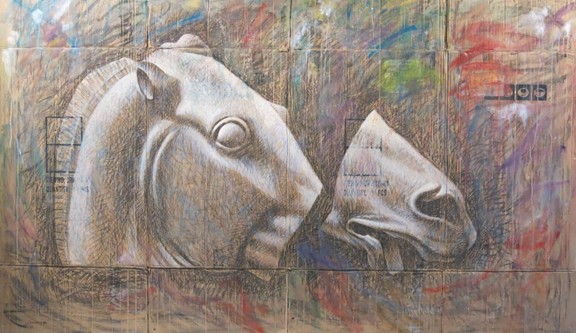
According to the late artist, he was inspired by a verse from the Noble Laureate George Seferis’ poem Κίχλη (“Thrush”): “The statues are no longer fragments. We are”. Where the fragmented pieces are in a process of reconnecting until they find themselves again.
The broken history of the Parthenon reached its apogee at the beginning of the 19th century when workers engaged on behalf of Lord Elgin, the British Ambassador to Constantinople, contrived to tear down and dismantle much of the rich sculptural decoration that adorned the monument. The Parthenon had also suffered significant damage before during the Venetian bombardment of the Ottoman compounds atop the Acropolis in 1687. Adventurers and mercenaries alike had souvenired broken fragments from the Parthenon before the Elgin-orchestrated grand theft took place.
Those fragments are scattered throughout various museums in Europe and one prominent piece, representing part of the goddess Artemis’ foot and elaborate tunic from the East Parthenon Frieze, has been on display in the Museo Archeologico Antonino Salinas in Palermo, Italy for over two centuries whereas the remainder of the surviving segments of this panel is divided between the Acropolis Museum and the British Museum.
Finally, the Palermo fragment is being returned to Athens by way of a long term loan.
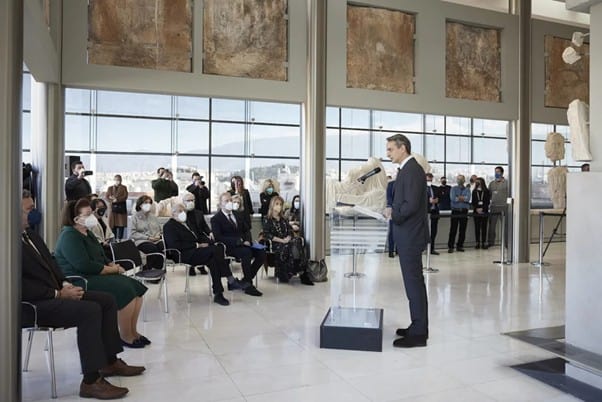
The Greek Prime Minister, Kyriakos Mitsotakis, who has become increasingly vocal in his personal campaign to return the Parthenon Sculptures, has described the unveiling of the Palermo fragment as momentous which will inevitably lead to a discussion with the British Museum over the fate of the Elgin collection of Parthenon Sculptures.
The newly-appointed Director-General of the Acropolis Museum, Professor Nikos Stampolidis, has also rightly observed that the decision by Sicily and the museum “could open the way for the return to Greece of other fragments of the Elgin Marbles which are held in other European cities, above all by the British Museum in London”.
Whilst the pre-eminent focus of the campaign for the reunification of the Parthenon Sculptures has been on the Elgin collection held by the British Museum, there are indeed sculptural fragments from the Parthenon scattered throughout Europe that can only be properly understood if they are restored to their natural context.
The National Archaeological Museum of Greece and the Musée du Louvre
In 2019 before the pandemic took hold a newly-elected Kyriakos Mitsotakis proposed that as part of the 200th anniversary celebrations of the Greek Revolution of 1821 he would ask the French President, Emmanuel Macron, to arrange for the temporary display (by way of loan) of a metope from the south frieze procured by the French consul in Athens and currently on display in the Louvre in exchange for a reciprocal loan of rare Greek artefacts.
Although this never eventuated, the Louvre’s Parthenon holdings and, in particular, a prominent piece of the East Frieze – slab VII - depicting the procession of the Ergastinai (weavers) were in the news again recently when on 4 January 2022 a small sculptured head, recovered and identified by the Greek archaeologist George Despinis and held in the National Archaeological Museum in Athens, was reunited in a symbolic ceremony in the Acropolis Museum. Except that the original head was placed delicately over the cast of the frieze because the original slab is still in Paris.
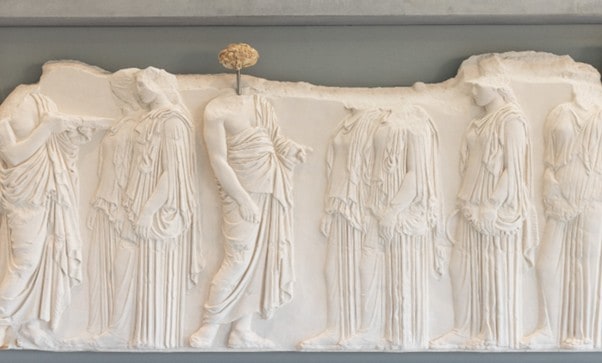
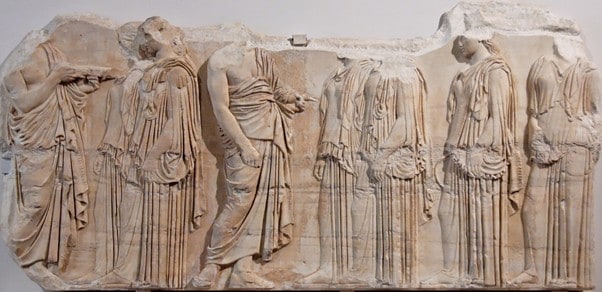
The Greek Prime Minister was at the official unveiling and stated that this was a first and very important step in the effort to collect all the pieces, both large and small of the Parthenon’s decorative sculptures, which were currently spread all about the world in various museums.
According to Mr Mitsotakis, the National Archaeological Museum was following the path of responsibility and scientific integrity, as was the Greek state, which had upgraded the issue of the Sculptures’ return to the highest levels within government, particularly in light of the recent decision by the responsible UNESCO Intergovernmental Committee that the matter was properly an intergovernmental one. As the Greek PM noted:
“The journey of return in itself transmits a loud message for the reunification of all parts of this unique monument for humanity.”
For her part, the Greek Culture Minister, Dr Lina Mendoni, stressed that "this movement is not just symbolic, it is absolutely essential" since the Parthenon Sculptures "are organic and integral members of a complex architecture and artistic creation, as they constitute a single and indivisible physical, aesthetic and semantic entity”.
The Vienna fragments
The European destinations of the Parthenon include Austria.
The Kunsthistorisches Museum Wien (Museum of Fine Art, Vienna) displays several fragments from the Parthenon which made their way into the museum’s collection via the Palazzo del Catajo in northern Italy, including a rider from a fragment of the North Frieze.
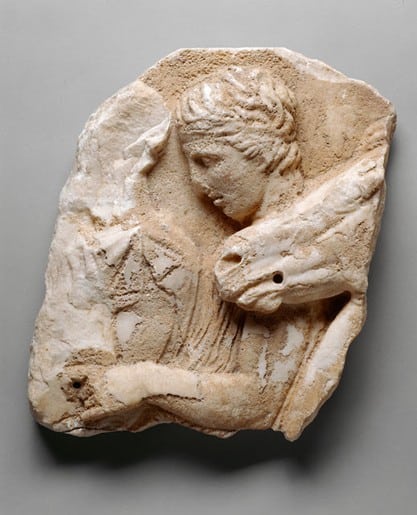
The Vienna fragments also include the heads of two elders from a sacred procession captured on the north frieze slab IX with the rest of the sculptures on either side located in Athens.
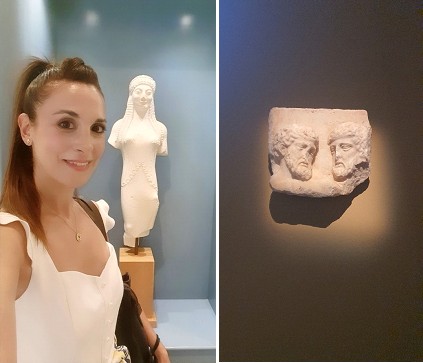
Alexandra Pistofidou, the president of the Austrian Committee for the Reunification of the Parthenon Sculptures and a member of the Acropolis Research Group, believes that the time is ripe to build on the goodwill generated by the return of the Palermo fragment for Greece to engage with the relevant Austrian government authorities and the Museum of Art itself. According to Ms Pistofidou, the Vienna old wise heads are an integral part of the Panathenaic procession and can only properly be appreciated if they were finally reunited with all the surviving parts of the frieze in the Acropolis Museum within sight of the Parthenon which they once adorned:
“The Greek Prime Minister is correct when he says that momentum is building. I am sure that the Trustees of the museum in Vienna would be receptive to a proposition along the lines of the reciprocal loan agreement between Greece and Sicily involving the Palermo piece.”
Copenhagen
In 2018 I walked into the National Museum of Denmark in Copehagen and went to the Greek-Roman galleries where I came across three fragments from the Parthenon. Two of the fragments are the heads of a centaur and a lapith recovered by a Danish naval officer in 1688 after the bombardment of the Parthenon by Morosini. They are from the South metope IV which is currently in the British Museum.
They are displayed in two solitary cabinets although there is a digital re-imagining of their reunification available to museum visitors.
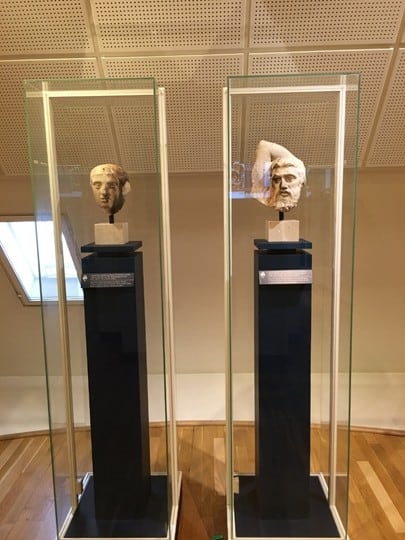
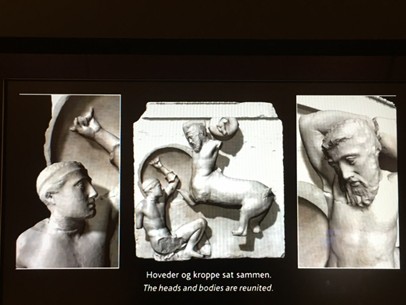

I was reminded of the words by Henry Wadsworth Longfellow, composed in his ode “To an Old Danish Song-Book but just as apt in my Copenhagen encounter:
“Welcome, my old friend … the ungrateful world has, it seems, dealt harshly with thee, since, beneath the skies of Denmark, first I met thee.”
It simply defies reason and scientific curiosity that sculptural elements from the Parthenon remain dismembered and distorted across Europe.
The Vatican
And finally, if Sicily can return its Parthenon fragment, well so can the Vatican.
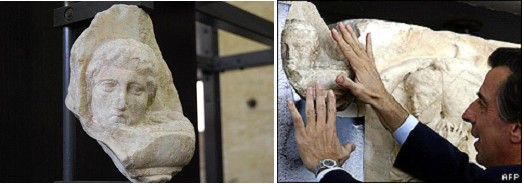
In fact, the Vatican's Museo Gregoriano Etrusco did send back this head of a youth from the north frieze by way of a short term loan back in 2008 and it was briefly reunited in the Acropolis Museum. At the time, the then Culture Minister Mikhalis Liapis declared that the gesture from the Pope “provides an example for others to follow, to achieve the final unification of the Parthenon sculptures”.
The example is now being set and the Holy See should be asked to emulate the Sicilian initiative.
The British Museum
Which brings us back to London.
The international campaign is naturally focused on the prominent Parthenon frieze and the majestic pedimental sculptures and metopes that adorn the barren walls of the Duveen Gallery. But the Parthenon “experience” in the British Museum is also punctuated by dismembered marbl’d forms in display cabinets, utterly divorced from their sculptural origins.
A foot here; a head there.
It is literally and metaphorically the Elgin collection of fractured imperial tales.

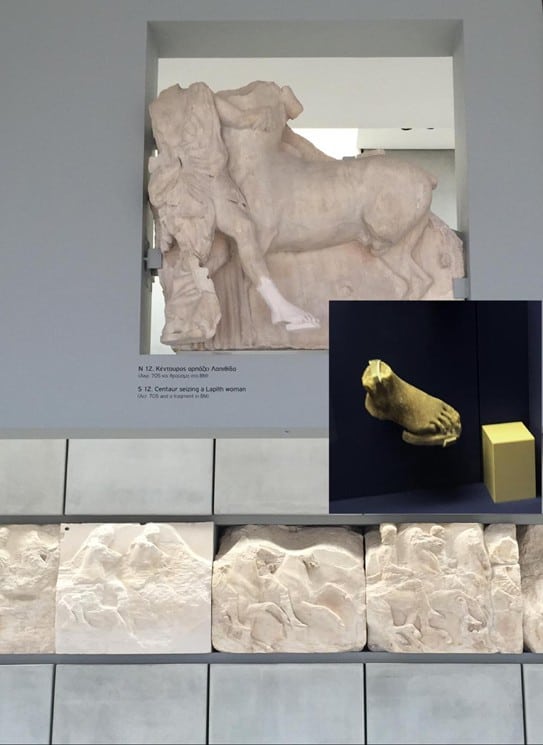
Let’s restore our broken history. Bring them all back.
George Vardas is Co-Vice President, the Australian Parthenon Committee and Co-Founder, The Acropolis Research Group

